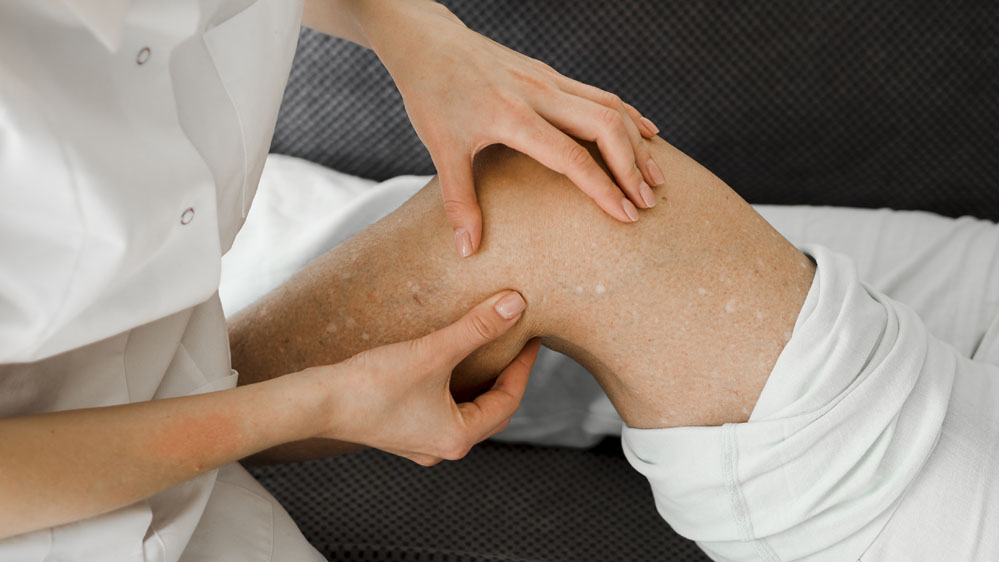Vein and Venous Diseases
The board-certified vascular surgeons at Beaufort Memorial have extensive experience in diagnosing and treating the body’s intricate arterial, venous and lymphatic systems. Not all venous diseases are life threatening, but some are, and nearly all of them can impact your quality of life. Our vascular team works with you to create a treatment plan that minimizes uncomfortable symptoms and prevents further dangerous complications.
Our $60 vascular screening package can identify venous diseases that could be life threatening. You can also discuss symptoms with a board-certified member of our vascular team at 843-985-2870.

What Is Vein Disease?
Arteries circulate blood from your heart to the rest of your body, and veins return blood back to your heart. As you age, diseases can weaken or damage the arteries and veins. We treat a range of arterial and vein diseases at Beaufort Memorial, including:
- Abdominal aortic aneurysm (AAA): An aneurysm is a bulge inside an artery wall. AAAs are found in the aorta — the main artery that carries blood from the heart through the chest and midsection. If an AAA becomes too large and bursts, it can be fatal.
- Carotid artery disease: This disease occurs when plaque builds up in the carotid arteries — two large arteries in the neck. Too much plaque build-up can block blood flow to the brain, putting you at risk for a stroke.
- Chronic venous insufficiency: This long-term condition develops when weakened or damaged valves cannot keep blood flowing through the body. Veins stay filled with blood, leading to pain and skin changes in the legs.
- Deep vein thrombosis (DVT): DVT is a condition in which a blood clot forms inside a deep vein, usually in the lower leg. Adults with DVT should seek treatment to avoid experiencing pulmonary embolism — a potentially fatal complication that occurs when a blood clot breaks away and moves to the lungs.
- Spider veins: Spider veins are small veins that appear most often in the legs and are visible under the skin. They do not bulge out or cause pain.
- Varicose veins: Varicose veins are twisted, bulging veins that arise from blood flow problems in the valves. They are most commonly found in women. Pregnancy, older age and being overweight can lead to varicose veins. Varicose veins also tend to run in families.
- Venous ulcers: These are open sores that result from poor blood flow, mostly in the legs, that causes blood to back up in the veins. As a result, increased pressure and too much fluid in an area cause tissue damage and a wound to form, resulting in leg ulcers.
Vein Disease Symptoms
Vein disease symptoms vary depending on the condition, and some people do not experience symptoms at all. Some common signs that should prompt you to see a vascular specialist include:
- Dull aching, cramping, heaviness or pain in the legs
- Itching, tingling or irritated skin
- Leg swelling
- Skin changes, such as discoloration, dryness, redness, thickening or hardening
- Tender spots on the legs
- Wounds that do not heal quickly
Vein Disease Treatment
Depending on your condition and symptoms, your doctor may first recommend conservative treatments, such as compression stockings. These often help with spider and varicose veins. Blood thinning medications can help prevent and treat DVT.
For painful varicose veins and venous ulcers, surgeons can perform a minor surgical procedure to remove the damaged vein (vein stripping and ligation) or seal off the damaged vein (ablation). AAA and carotid artery disease may require more intensive surgical treatment stop dangerous bleeding.
Our surgeons use minimally invasive and endoscopic approaches when possible to allow a faster return to daily life.
